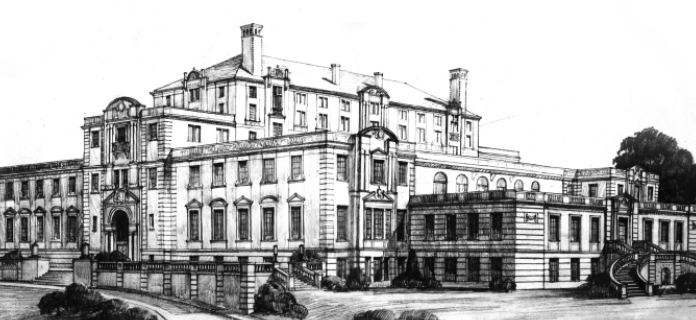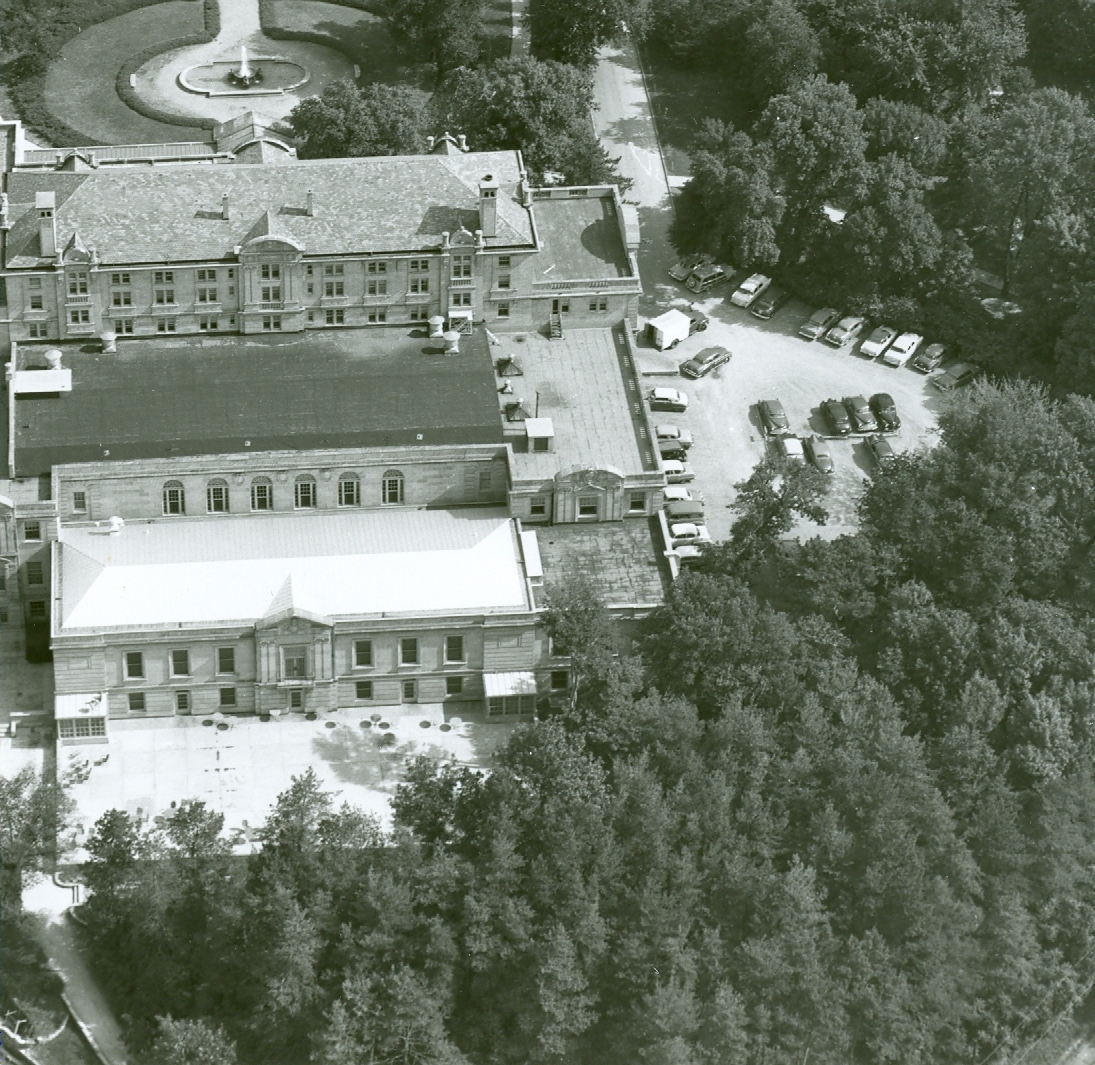Traditions, Myths and History
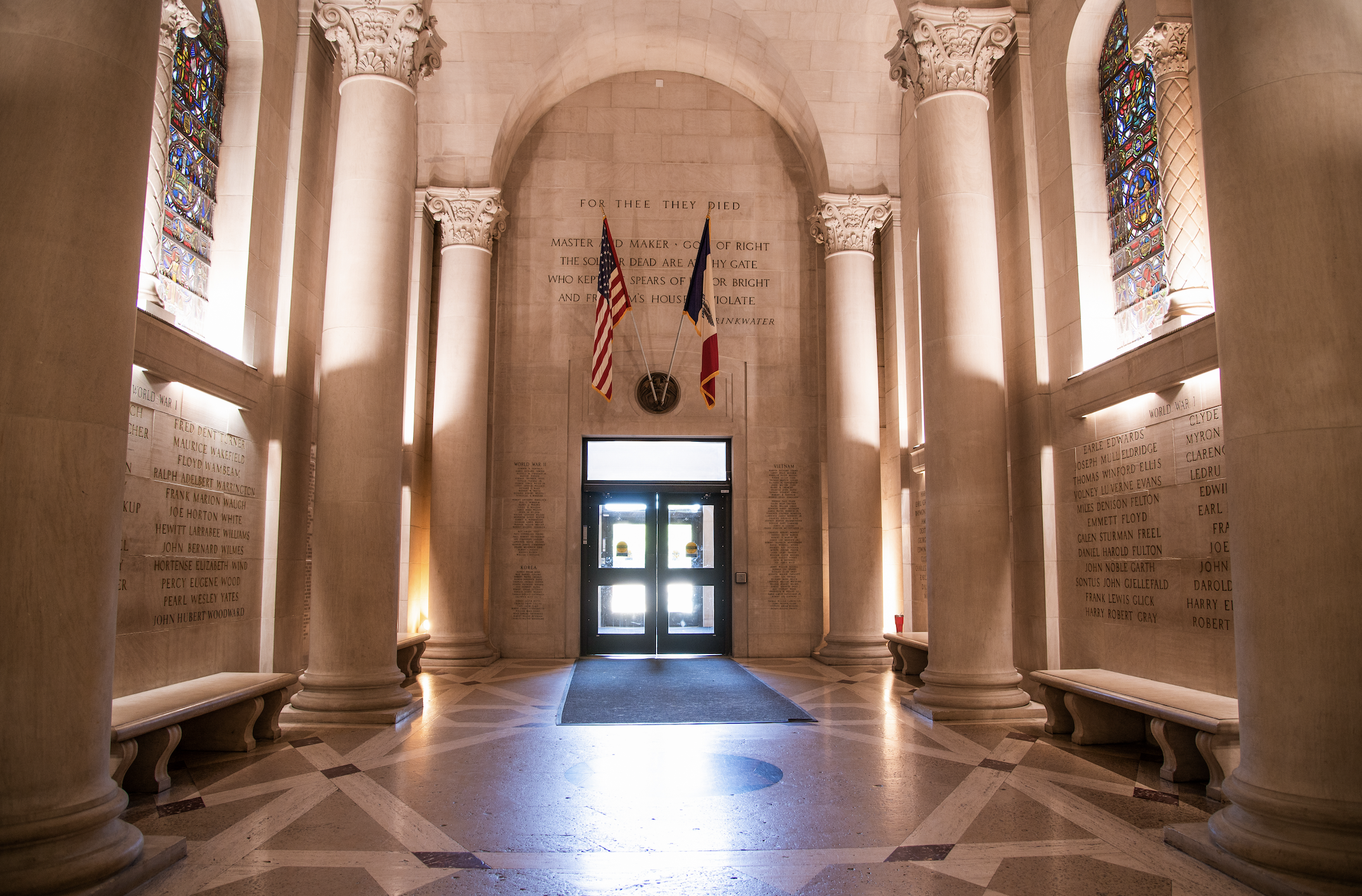
-
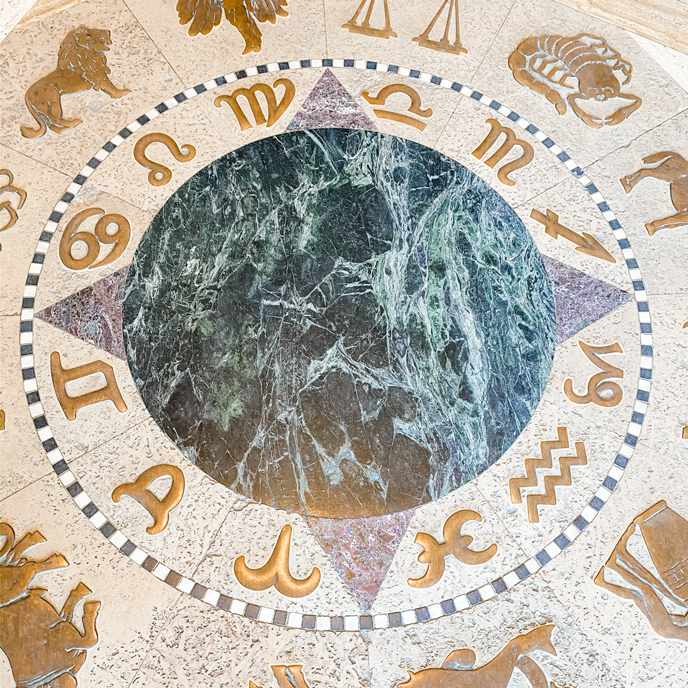
The Zodiac
Architect/designer William T. Proudfoot chose to incorporate the ancient symbols of the zodiac into the north entry floor -- classic Greek/Roman mythology for a classic-Greek/Roman-style building. In the 20's, the zodiac was not as well known as it is now. Proudfoot planned for intentional wearing away of the bronze forms by placing them above the surface of the floor - to be sculpted further by building users until, eventually, they would be the same level as the floor. We know that by 1929, students had decided that if you stepped on the zodiac, it was unlucky – that you'd flunk your next test. Rumor has it that the students created this "curse" because they liked the raised effect of the zodiac and they wanted to preserve the zodiac signs even though it went against what the architect originally intended. Now most students, hedging their bets, walk around. If you accidentally invoke the curse, you can throw a coin in the fountain to take it away!
-
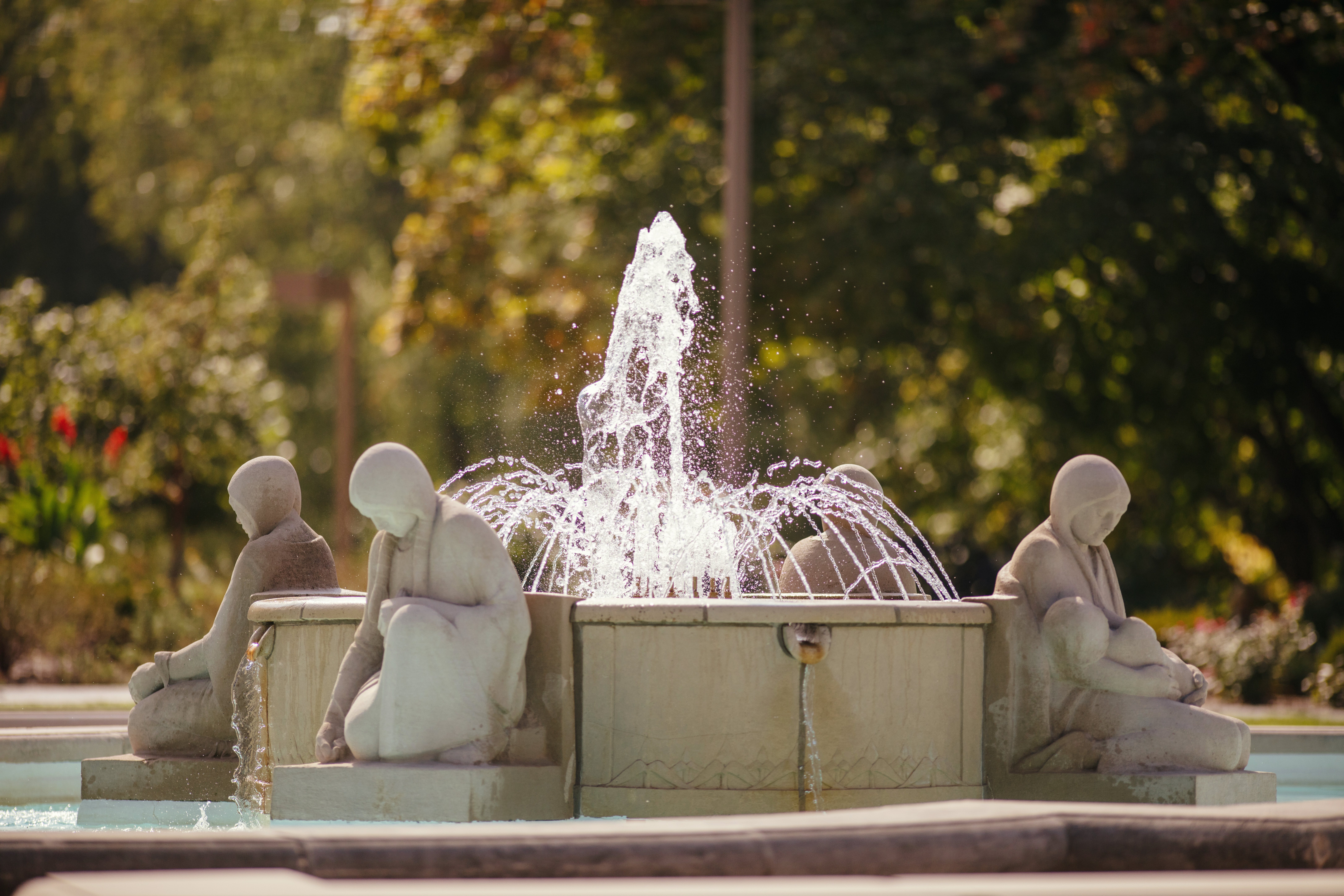
The Fountain of the Four Seasons
The original fountain was a gift from the 1937 VEISHEA Committee. The four Maidens by Christian Petersen were added in 1941. Each woman figure represents one of the four seasons: East is Spring, planting corn; South is Summer, sheltering a young corn plant; West is Fall, holding the harvest; North is Winter, nursing a child. Over the years, all kinds of things have ended up in the fountain: soap, dye, fish (including piranhas), coins... and of course, all sorts of people. However, these things can be very problematic for our iconic Fountain of the Four Seasons. We encourage all to play a part in protecting Iowa State's artistic heritage. Please do not put objects or people in the fountain!
-
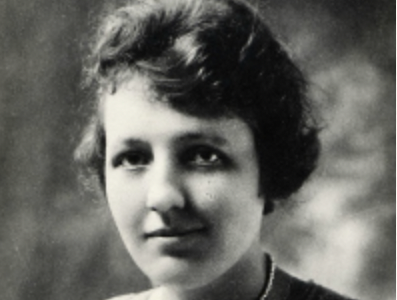
The Ghost & the Gold Star Hall
Late night staff in the Memorial Union and a few others report the sounds of what could be ghostly activity. We're not sure but think it might be Hortense Elizabeth Wind, the only woman among all those men's names in Gold Star Hall (...besides, with a name like "Wind"?). Perhaps she's lonely for female talk after all these years of being among 500+ guys. She was a 1915 Home Economics graduate, who tutored other students in Chemistry, and was known as a good student and a good friend. When America became involved in the war, she went to work in a Naval hospital. For years it was thought that she was a nurse, but it’s been discovered that Hortense was actually the Chief Dietician at the US Navy Hospital in Portsmouth, VA. She is honored in the "Integrity" stained glass window in Gold Star Hall, in the bottom-most panel, showing a battlefield nurse. She died during the terrible flu epidemic of 1918.
Stained Glass Windows in Gold Star Hall
Stained glass was added to Gold Star Hall in 1943. Up until that time, the windows were clear, and with neither the Pride and Main Lounges yet added on the west, nor the Campanile Room on the east, the hall was illuminated with sunlight directly from the exterior. The twelve stained glass panes were designed by former ISU student and WW 1 veteran, Harold Cummings. They depict symbols for the "homely virtues": (clockwise, starting at the NE corner) Learning, Virility, Courage, Patriotism, Justice, Faith, Determination, Love, Obedience, Loyalty, Integrity, Tolerance.
Read a complete explanation of the imagery in the windows (PDF).
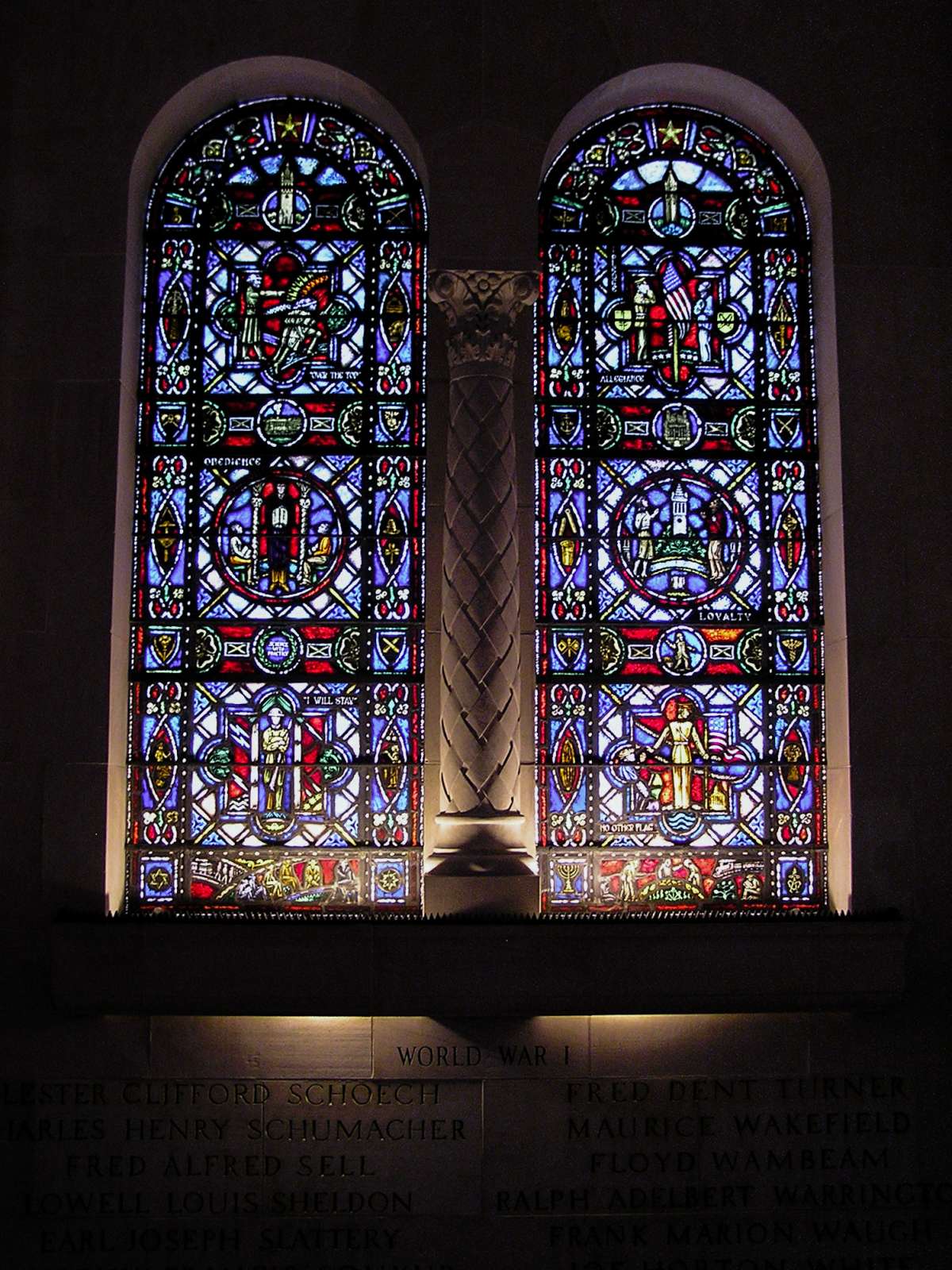
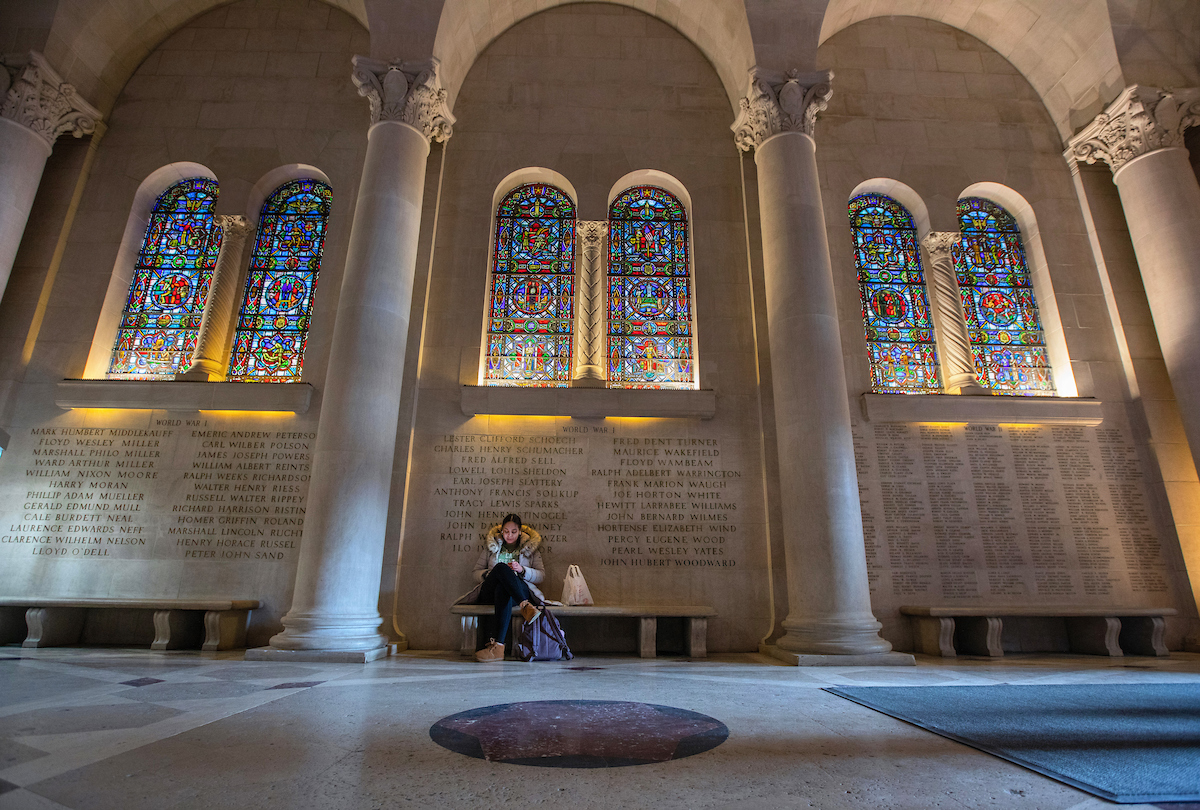
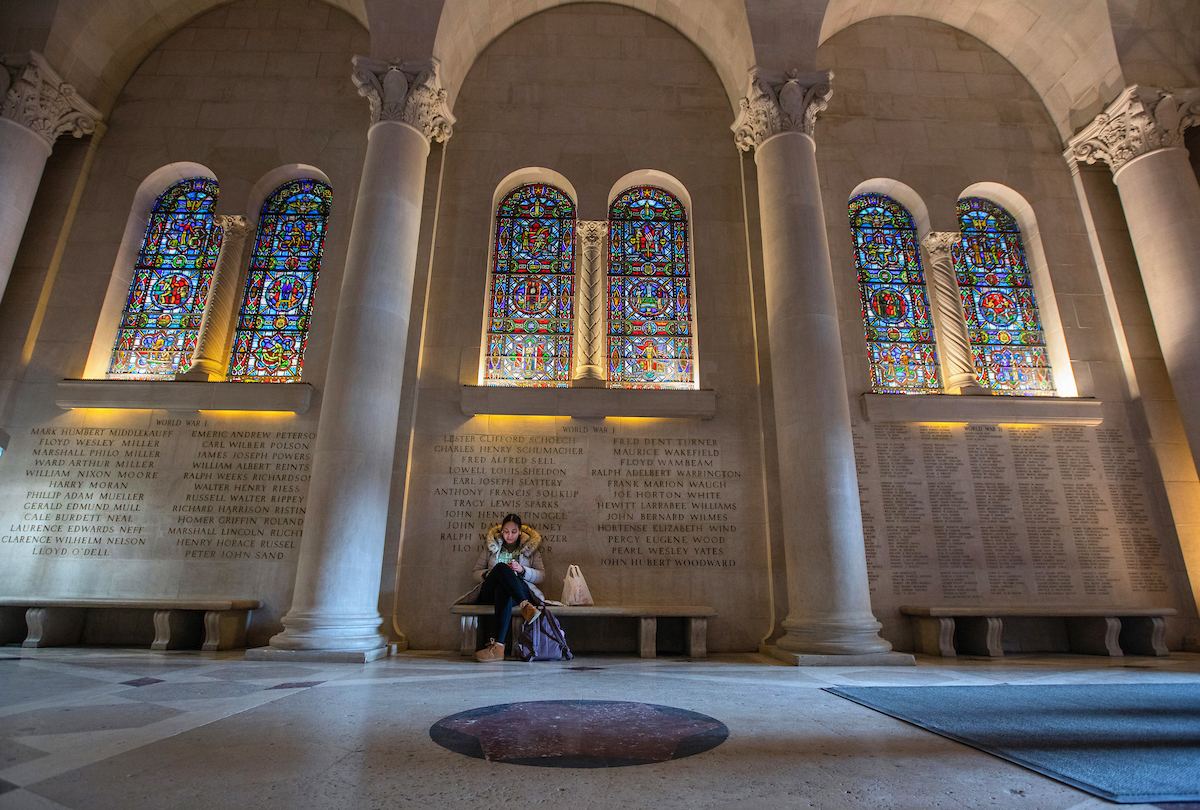
-
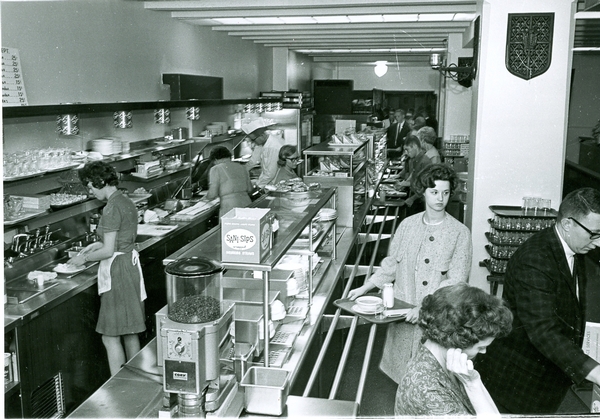
The Grill
When the Union opened in 1928, the cafeteria was on the east side of the Commons, and The Grill was on the west side. The Grill offered hamburgers and shakes and a more informal menu. The Grill became famous for several items:Grilled rolls, Black & Whites, Green Rivers and "Drawer" burgers.
-
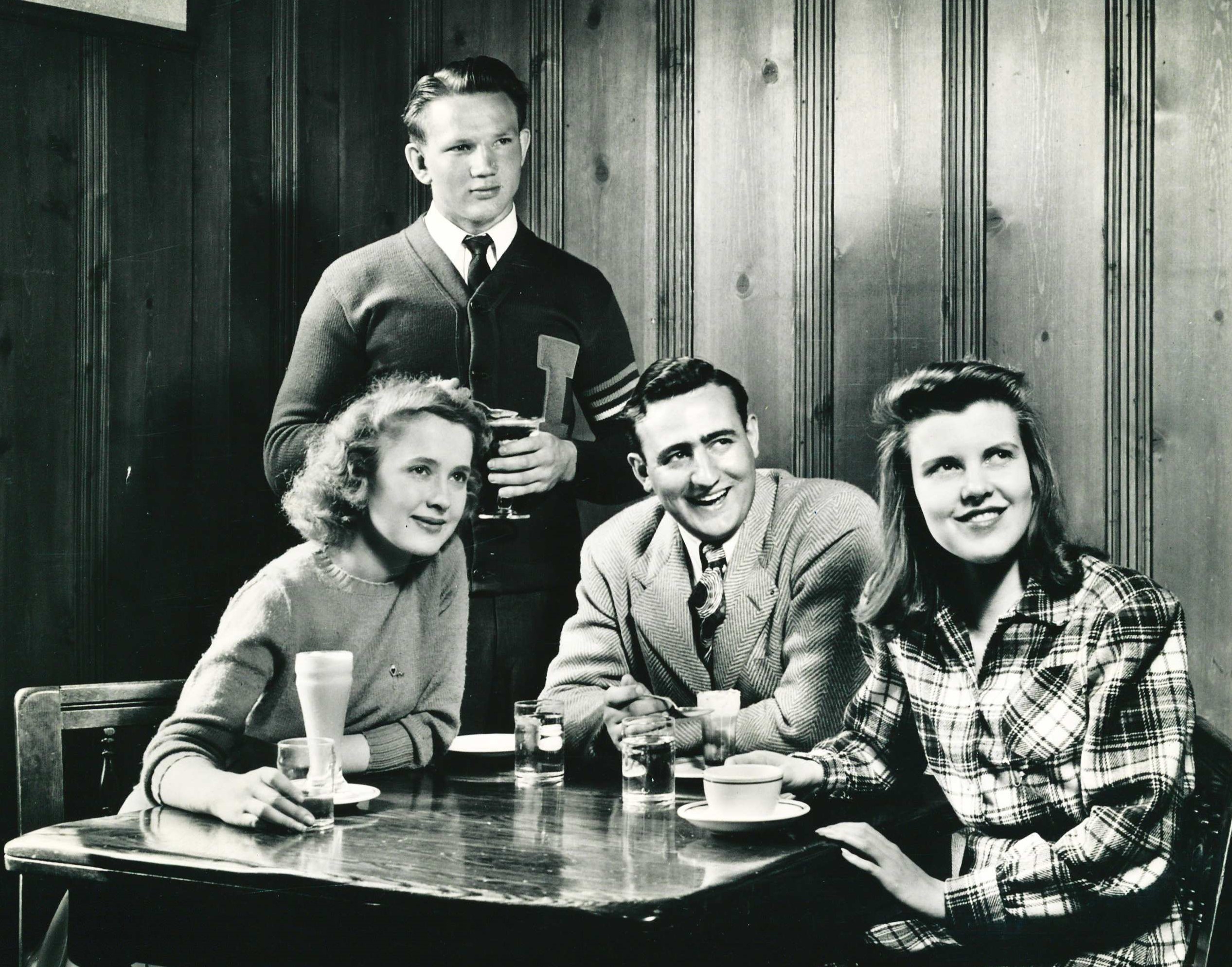
Frosties
The frosty was one of a number of products developed by ISU's Dairy Science Department in the 30s and 40s. This milk-based soft ice cream was sold for the first time in the Memorial Union's Grill in the fall of 1941. A ten-ounce glass was ten cents, a cone was five cents and there was chocolate or vanilla. The mix was originally bought from Dairy Science. The Grill was removed in the early 1980s and its operations consolidated in the cafeteria. In 1986, ISU alum, Ann Jennings, donated money to renovate an area in the cafeteria for ice cream to keep the frosty tradition alive.
-
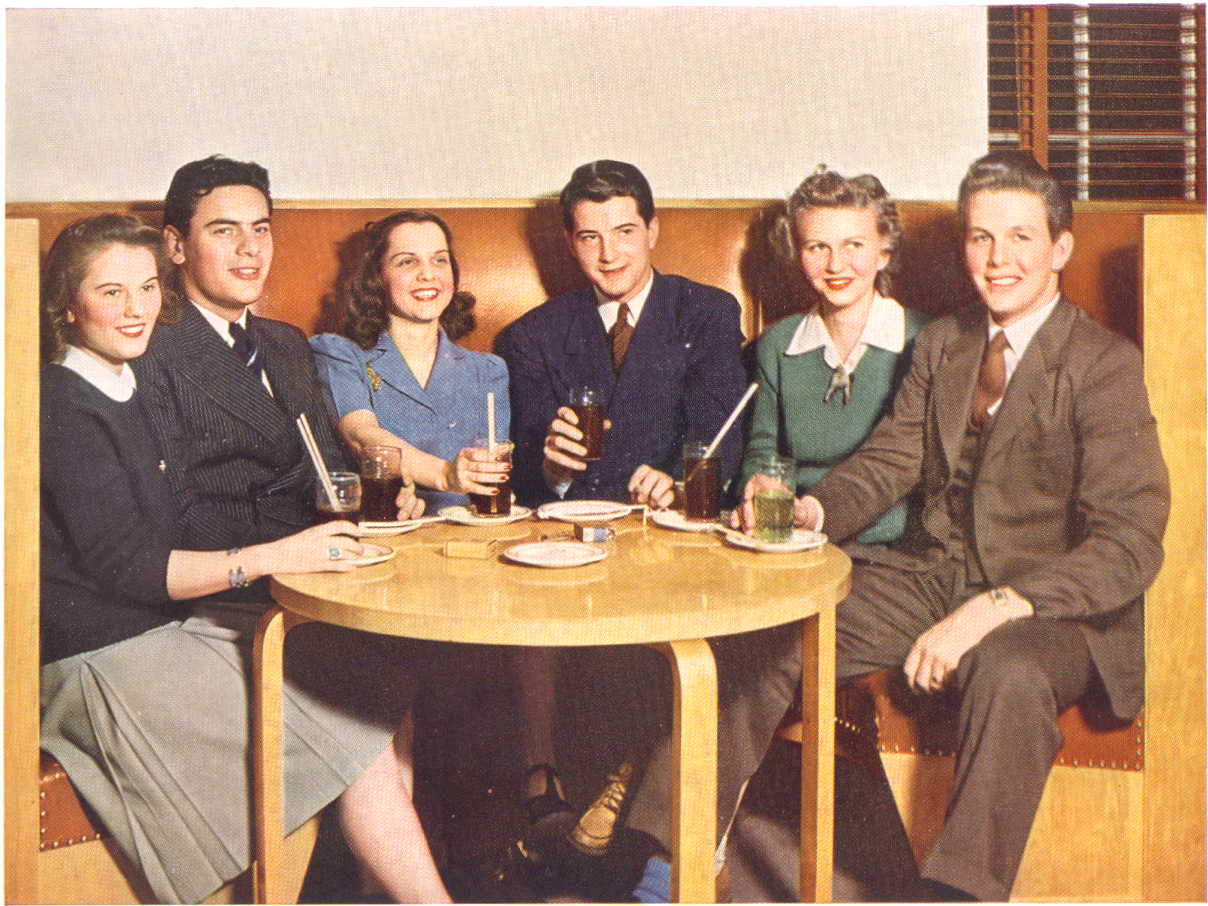
Coke Date
Often a first meeting between two romantic interests was in the form of a "Coke date". They enjoyed a Coke and they sat in the "neutral territory" of the Commons and got acquainted.
-
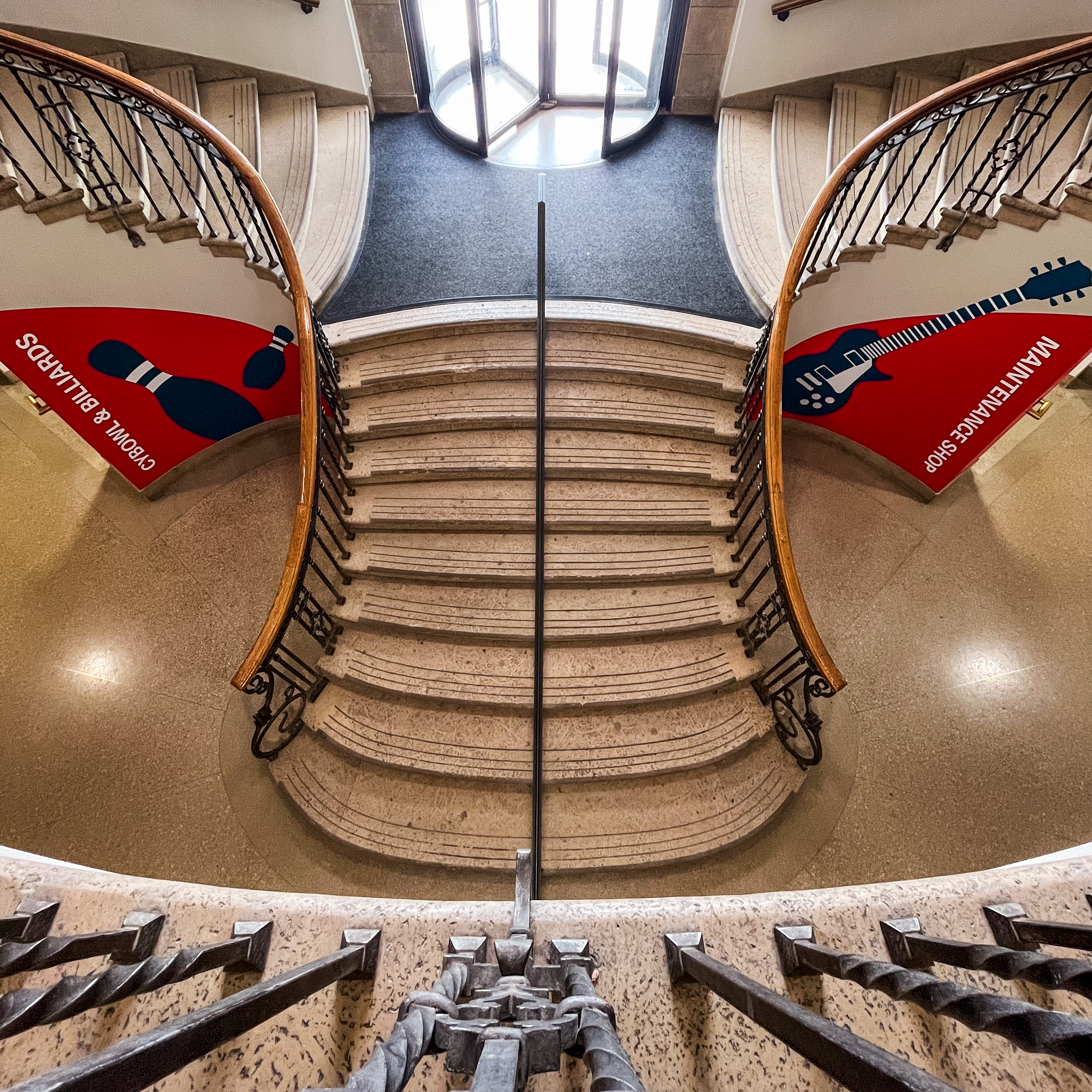
One Straight Step
The west entrance at the revolving door presents a classic elliptical shape with many gracious architectural details. A unique feature of the winding stairway is that no two steps are alike, and only one is straight. Can you find it? While you are there, look up! Can you also find cherubs in the ceiling and the Green Man whose face is made up of leaves?
-
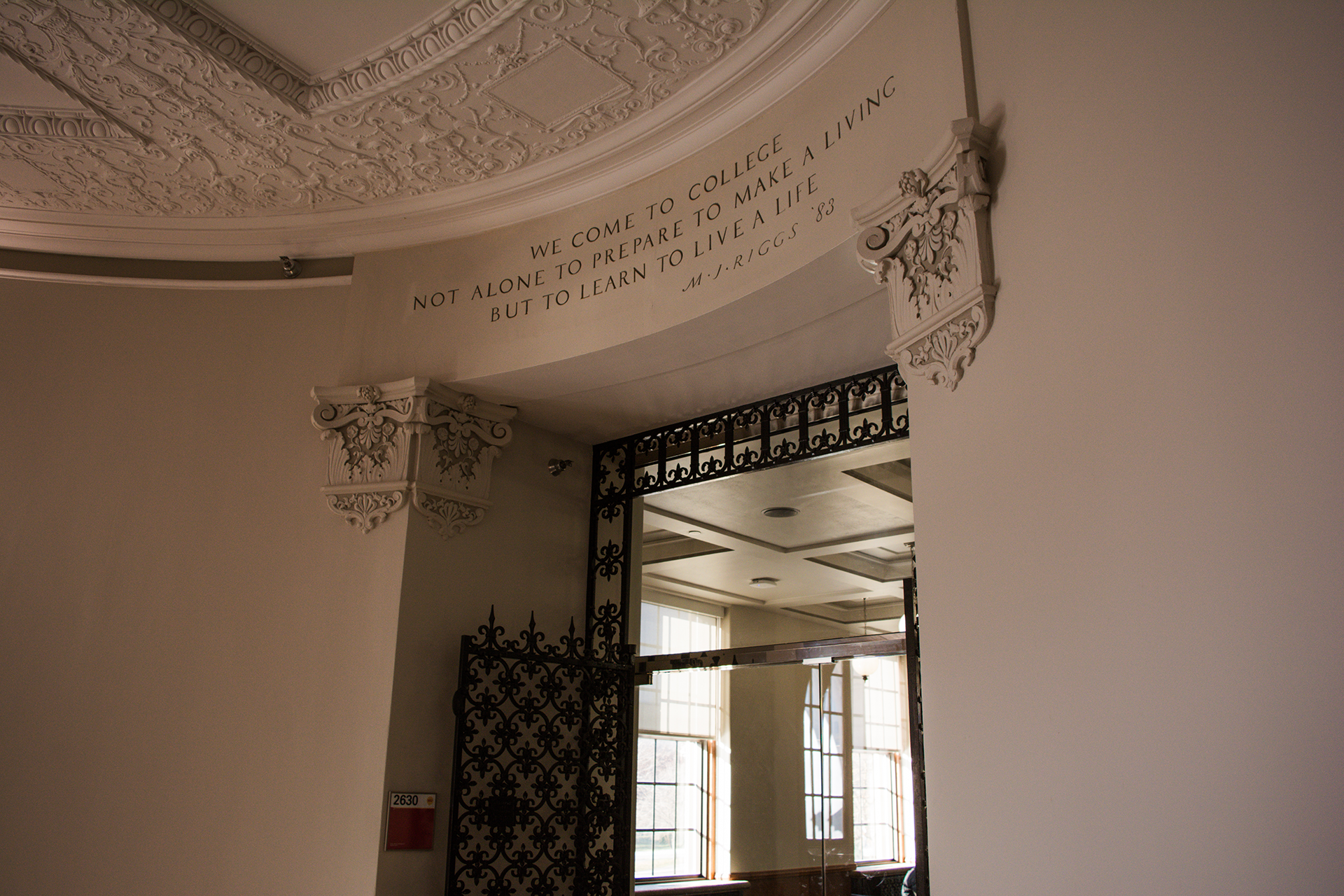
Engraved Quotations in the MU
In the west entrance on second floor, over the door to Room 2630 is a quotation from M.J. Riggs (above left). He was an 1883 graduate who was president of the Alumni Association in the 1920s, and in charge of raising one million dollars for the Memorial Union project. He eventually became the first president of the Memorial Union Board, but died before the ground was ever broken.
-
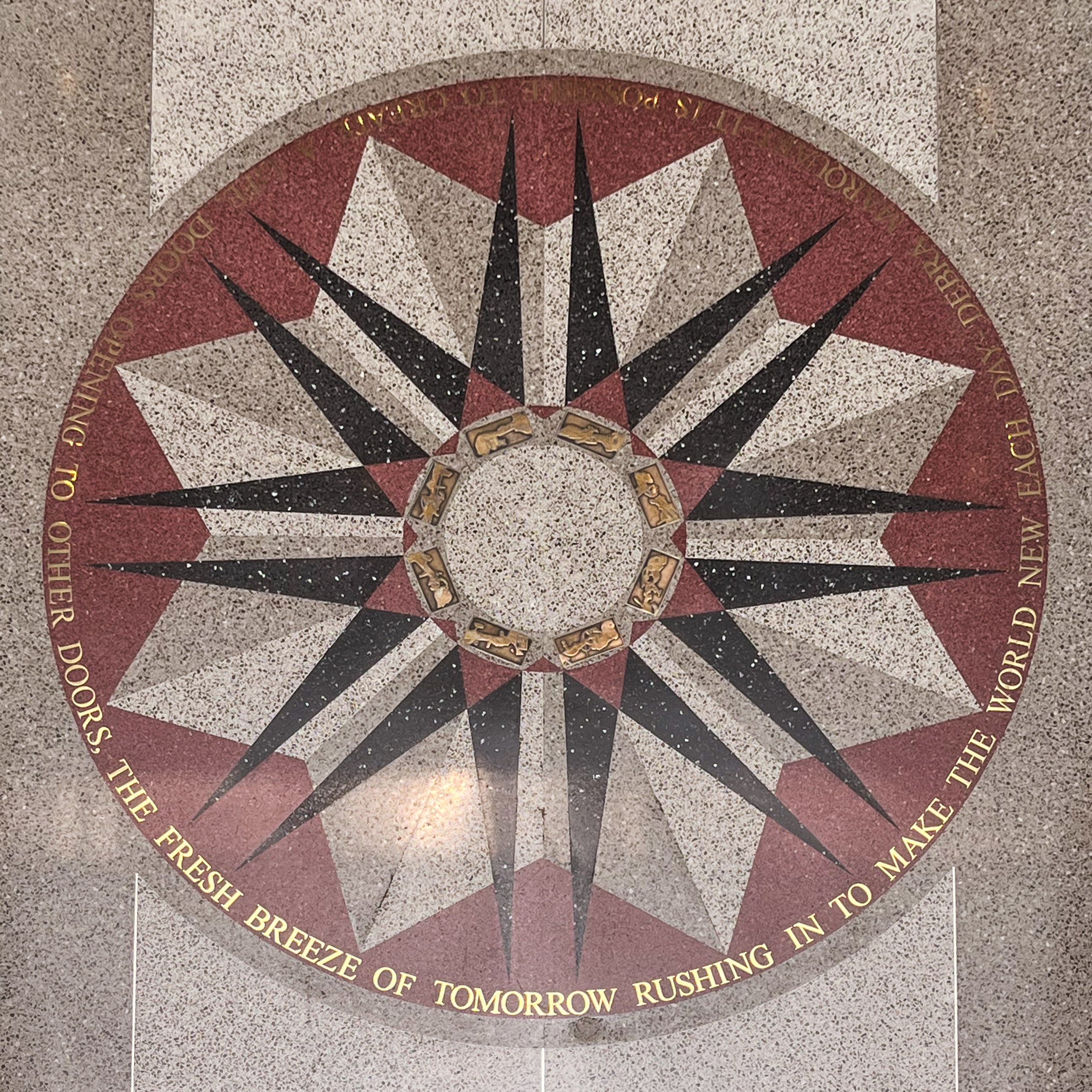
Floor Medallion in the South Entrance
The floor medallion at the south entrance to the Memorial Union repeats the compass design that appears in other parts of the Union - in the center of the zodiac on second floor, and in three floor locations on first floor. The medallion also contains 3x6" bronze inserts with symbols for each of Iowa State's eight colleges. Download an explanation of each college's symbol. Shown above is the artist's drawing and cast bronze for College of Design (left) and College of Agricuture (right).
-

Iowa Whirlwind Sculpture
"Going to college should pick a person up and set him or her down in a new place with new ideas and a deeper understanding of the world."
by Andrea Myklebust & Stanton Sears, the Minnesota artists who created the Iowa Whirlwind sculpture for the south entrance of the Memorial Union. The quote above is on the base of the sculpture.
Icons were included in Iowa Whirlwind that depict life on campus or in the MU: a dancing couple, pair of swans, clasped hands of friendship, gold star, compass, pair of hearts, MU grandfather clock, microphone, globe, rose, coffee cup, comfortable chair, book, pencil and horse skull (symbolizing the site's former use as a veterinary hospital).
-
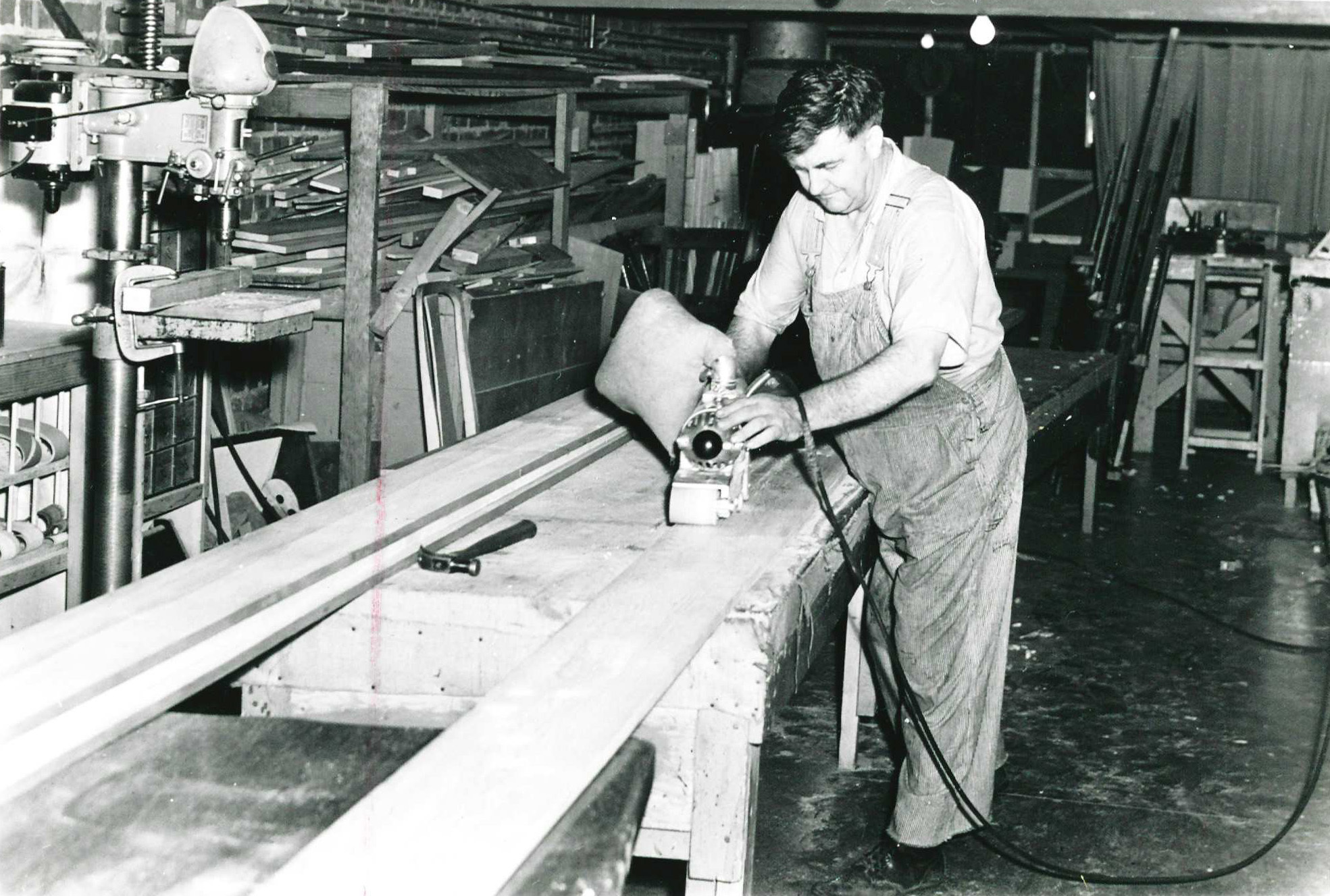
The Maintenance Shop
The Maintenance Shop (known as the M-shop) was established in 1974 after the Memorial Union's maintenance department was moved into new quarters in the southeast addition. The students who had claimed the space for performing arts programs, thought the name was "just right" and simply never changed it. The Union's resident fix-it team became known as the Mechanical Department. This photo was taken in 1949 and shows the actual maintenance shop in the Memorial Union before it became the iconic entertainment venue it is today.
